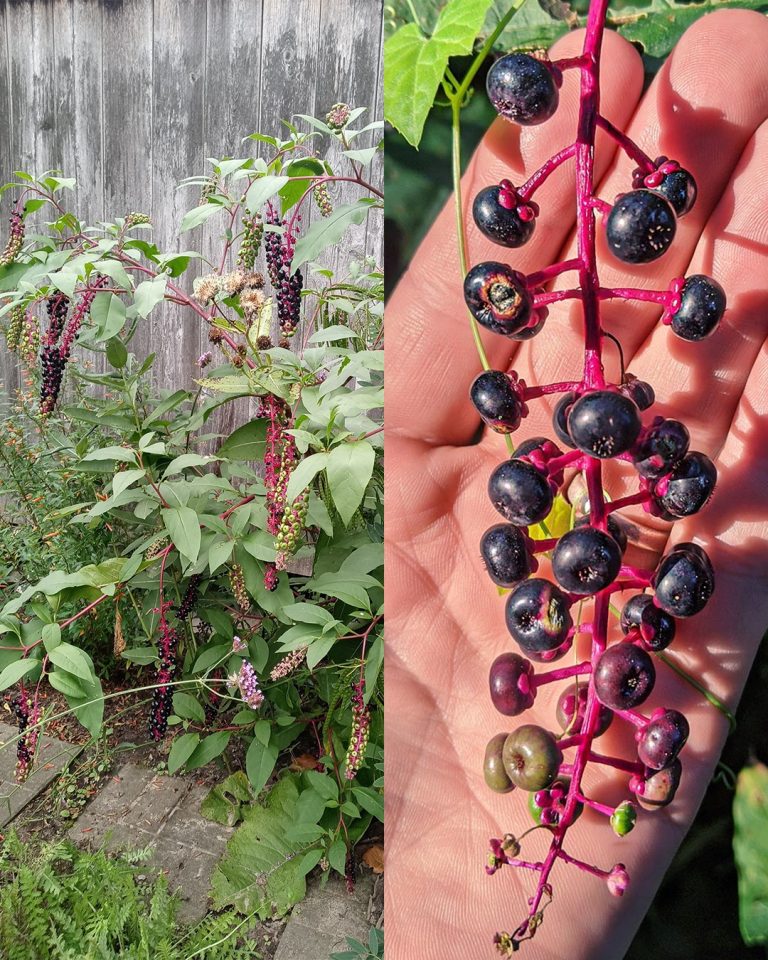Introduction
While foraging can be a rewarding experience, some wild plants carry risks that far outweigh their potential benefits. One such plant is pokeweed (Phytolacca americana)—a native perennial found across much of the eastern United States. With its striking deep purple berries and bright red stems, pokeweed may appear alluring, even edible. However, nearly all parts of the plant are toxic to humans and animals. Historically, certain parts of the plant have been consumed under very specific preparation methods, but even small missteps can lead to severe poisoning. This guide is designed to raise awareness about pokeweed's toxicity and the dangers of attempting to prepare it at home.
Ingredients: (For Educational Purposes Only — DO NOT CONSUME)
Though pokeweed has occasionally appeared in folk recipes, we include this list purely for historical context. Consuming or preparing pokeweed is strongly discouraged.
Young pokeweed shoots (under 6 inches tall – historical context only)
Water (for repeated boiling)
Salt (optional)
Bacon fat or butter (historically used for frying)
⚠️ Warning: All parts of pokeweed contain toxic compounds (especially roots, mature stems, and berries). Even young shoots can be dangerous if not properly and repeatedly boiled. Modern foraging experts and health agencies do not recommend consuming pokeweed under any circumstance.
Instructions:
⚠️ Disclaimer: The following method is included only to illustrate historical preparation and is not recommended for actual use.
Harvest Only the Youngest Shoots: These must be under 6 inches tall and have not yet developed red coloration. Older plants are more toxic.
Boil in Water – Three Times: The shoots are traditionally boiled for 5–10 minutes, the water discarded, and the process repeated two more times with fresh boiling water each time. This was believed to reduce the plant’s toxicity.
Drain and Fry (Optional): Some traditional preparations included frying the blanched shoots in bacon grease or butter, often seasoned with salt.
Do Not Consume Roots, Berries, or Mature Stems: These parts are especially toxic and never safe to eat, even with cooking.
Serving and Storage Tips:
Serving: Historically served hot as a side dish similar to spinach or collard greens.
Storage: Not recommended. Pokeweed deteriorates quickly and may become even more toxic over time.
Again, modern foragers and botanists strongly advise against consuming or storing any part of pokeweed.
Variations:
Due to its high toxicity, there are no safe variations of pokeweed recipes recommended today. Safer alternatives for wild greens include:
Lamb's quarters (Chenopodium album)
Dandelion greens (Taraxacum officinale)
Chickweed (Stellaria media)
These plants are nutritious and do not carry the same toxic risks as pokeweed.
